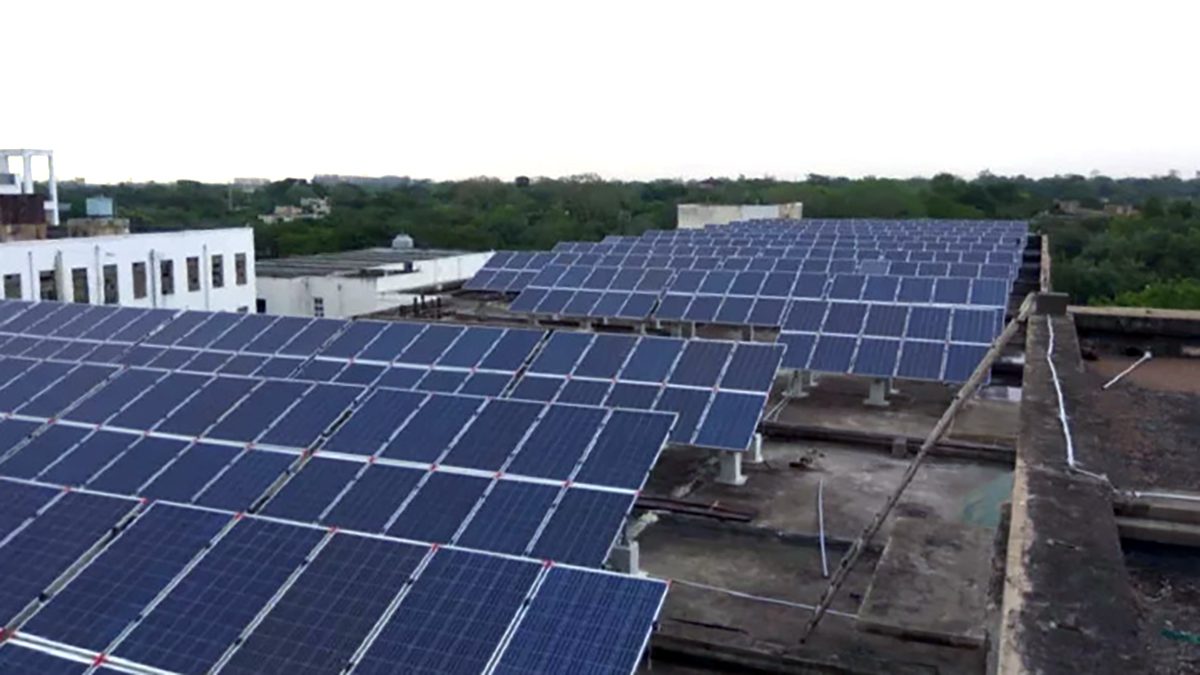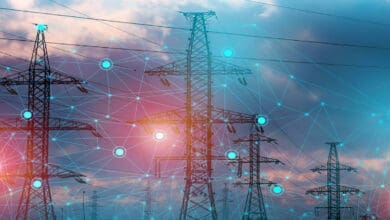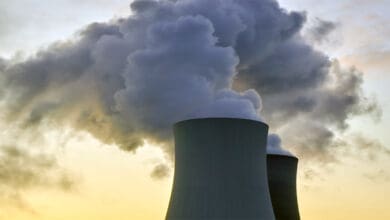
Gautam Mohanka
India has taken a leading role in the global efforts to adapt to renewable energy sources and combats the harmful effects of climate change. Through a series of bold measures and favourable policies aimed at promoting the domestic production of clean energy, the Indian government has propelled the nation towards a brighter and cleaner future. A recent monumental achievement in this pursuit is the introduction of a transmission plan worth an impressive ₹2.44 lakh crore, which can rightfully be considered one of the most significant steps taken towards India’s ambitious goal of generating 500 GW of non-fossil fuel-based energy by 2030. This landmark initiative underscores India’s unwavering commitment to sustainable energy and demonstrates the country’s resolve to lead the way in the battle against climate change.
The acquisition of land and ensuring connectivity can often prove to be daunting for developers seeking to establish solar energy projects. However, by employing the services of engineering, procurement, and construction (EPC) vendor, developers can effortlessly implement their projects and acquire the power they need. This mutually beneficial arrangement is a perfect fit for commercial and industrial (C&I) consumers, as it provides them with an efficient, hassle-free solution.
In contrast to individual solar projects, which require extensive site development and complex transmission systems for power evacuation, solar parks are already fully equipped and primed for use. Developers can quickly establish their projects by adopting a simple plug-and-play model. Several states, including Andhra Pradesh, Rajasthan, Karnataka, and Madhya Pradesh, are at the forefront of the solar energy revolution, adding significant capacity by setting up solar parks. These states serve as beacons of inspiration, showcasing the immense potential of solar parks as a catalyst for sustainable development.
Furthermore, India is a blessed country with ample sunshine and a vast expanse of land, has the potential to tap into the unlimited energy of the sun. With approximately 300 clear and sunny days every year, India receives a whopping five quadrillion kilowatt-hours of solar energy incidence, exceeding the entire fossil fuel energy reserves in the country. To harness this potential, developing large-scale solar parks can prove to be a lucrative option, as they not only come with pre-existing land and infrastructure but also ensure guaranteed returns. With commercially-proven technology, the average solar-power-plant generation capacity in India stands at 0.30 kWh per m2 of used land area, which translates to 1,400-1,800 peak operating hours in a year. Thus, solar parks hold immense potential to augment India’s solar power generation capacity and foster a sustainable future.
Furthermore, establishing more solar parks is an effective approach to achieving the ambitious solar target. A well-planned and properly-equipped area, with access to necessary amenities and streamlined paperwork, can greatly benefit large-scale solar production in a short period of time. By providing land and technical infrastructure, solar parks can enable easy installations and minimize project delays. Additionally, with commercially-proven technology, solar parks can operate at a high capacity for a significant number of hours in a year.
In recent years, the development of large-scale solar projects has taken centre stage in India. The initial plan for 20 GW capacity of solar parks in 2014 was later increased to 40 GW in 2017. At present, 61 solar parks have been approved for the full capacity of 40 GW, with the majority currently under development. Of the 40 GW, 10 GW has already been commissioned, including projects such as Fatehgarh, Bhadla, and Bikaner in Rajasthan, Khavda in Gujarat, Anantapur and Kurnool RE Zones in Andhra Pradesh and RE Park in Ladakh, among others.
The ministry has put forth a transmission plan that outlines potential renewable energy generation sites and investment opportunities for developers. This will not only provide transparency for transmission service providers regarding growth opportunities in the sector but also offer a substantial investment opportunity of approximately ₹2.44 trillion.
During an address to the Rajya Sabha in April, Union Power Minister RK Singh stated that the program will offer financial assistance of up to ₹2.5 million ($31,964) for the preparation of detailed project reports, as well as ₹2 million ($25,571)/MW or 30% of the project cost, whichever is lower, for the development of these parks. With these measures in place, the program will encourage and facilitate the development of renewable energy projects in the country.
Additionally, developers find solar parks to be an alluring investment opportunity due to their hassle-free land acquisition process and absence of legal complications. As a result, solar parks remain the top preference for developers, as the scope of variables in these projects is quite limited, thus making it a practical and financially feasible option.
Also, compared to individual solar projects, solar parks offer lower tariffs and minimal risk to investors. The guarantee of an off-taker in solar parks further bolsters its appeal to developers, providing a secure and profitable investment option.
Moreover, the cost-effectiveness of solar parks is significantly impacted by their scale. The larger the solar park, the greater the overall cost reduction of the project. Therefore, developers view solar parks as a sound and viable option, and the country’s 50 GW solar capacity is a source of motivation for them.













